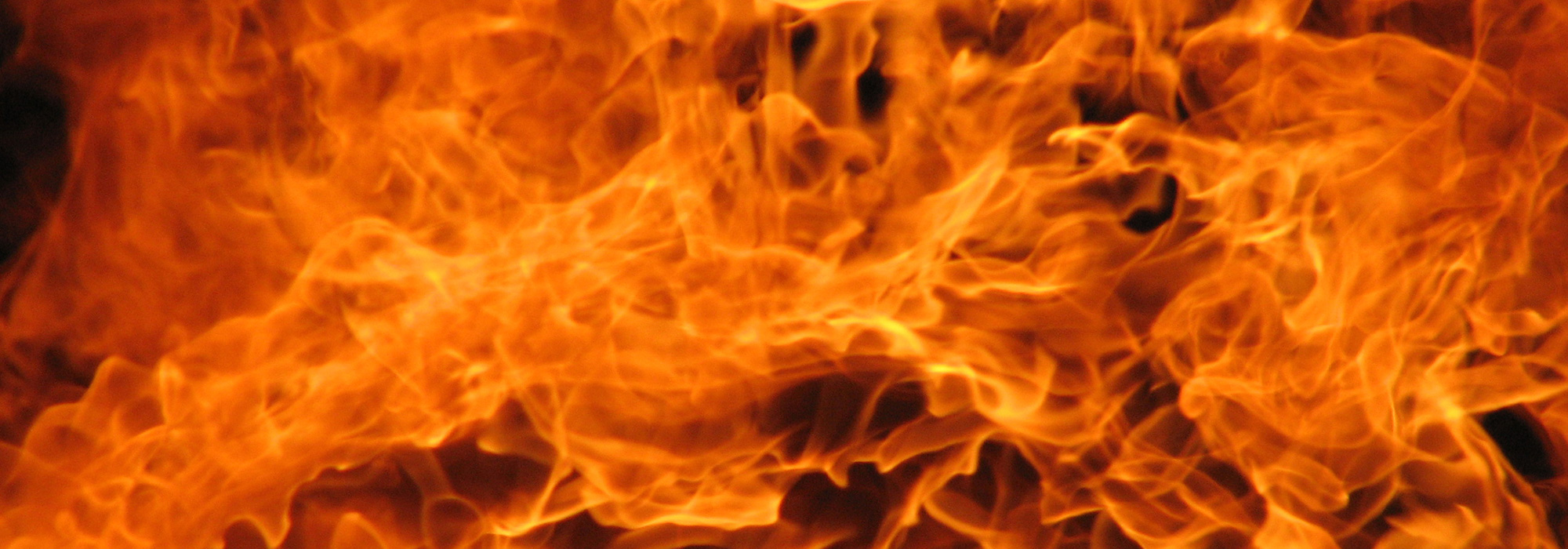
A Doctrine and a Prayer
Solemnity of the Assumption of the Blessed Virgin Mary. Fr Fergus Kerr finds something deeply appropriate in the timing of the definition of this essential dogma.
Concepts have a history. They don’t just come out of the blue. It may take decades, even centuries, for a concept to develop and pass into common use. It may then become so apposite that we may wonder how we did without it. Moreover, no concept ever stands on its own. Every concept has its place in a whole network, some concepts almost synonymous and interchangeable, others divergent and contradictory.
The doctrines of the Catholic Church did not come out of the blue either. Even truths ‘divinely revealed’ did not drop down from the sky. It took time for the disciples to register that Jesus was raised from the dead. It took much longer, and included decades of intense and sometimes acrimonious argument, before the doctrine that God is three persons in one nature emerged.
According to the particular strand in Jewish tradition that she inherited, Martha believed that her dead brother would rise again in the resurrection on the last day: Jesus radically revised her concept of resurrection but she had a concept that he could work with (John 11: 23-27). Analogously, the doctrine of the Trinity was hammered out in terms of existing Greek philosophical concepts, which were of course considerably developed in the process.
Something similar happened with the doctrine of the Assumption. In 1950 Pope Pius XII, in the apostolic constitution Munificentissimus Deus, proclaimed the long held belief in the Assumption of the Blessed Virgin Mary as a dogma of the Catholic faith: ‘The immaculate Mother of God, the ever Virgin Mary, having completed the course of her earthly life, was assumed body and soul into heavenly glory’.
That is to say, on completing the course of her earthly life (the text deliberately leaves it open whether her soul was separated from her body in death), Mary was immediately taken into a new relation to God: ‘It seems impossible that she who conceived Christ, bore him, fed him with her milk, held him in her arms and pressed him to her boson, should after this earthly life be separated from him in either body or soul’, so the text goes on, spelling out the reason for Mary’s uniquely privileged destiny.
The idea that a woman might be ‘assumed body and soul into heavenly glory’ did not drop down from the sky. On the contrary, there was significant biblical precedent. Enoch was ‘taken’ by God (Gen 5:24). Elijah ‘went up by a whirlwind into heaven’ (2 Kings 3:11-12). Late first century Jewish writings attributed ‘ascents into heaven’ to a number of holy men, variously including Adam, Abraham, Levi, Ezra, Baruch and Isaiah. The fact that the place of Moses’ grave was unknown (Deut 34: 5ff) was taken by some to mean that he too had been translated bodily into heaven.
So the concept of a person’s being taken up into heaven existed long before Christianity, not to mention before Catholic and Orthodox beliefs about the Blessed Virgin Mary began to flourish. The claims just mentioned may be dismissed as pious legends, and even as totally fictitious. Even so, such beliefs were obviously trying to say something about the eternal destiny of certain individuals who had played particularly significant roles in the history of salvation. The impossible possibility, as it seems to many people today, was always perfectly intelligible.
Whatever one makes of such speculations, the fact that a possibility is intelligible is one thing; that the possibility was realised in the case of the Virgin Mary is another matter. The early history of the belief (it has to be admitted) cannot be reconstructed: the documentary evidence is non-existent or too fragmentary. In 451, however, at the Council of Chalcedon, the Emperor Marcian and his wife Pulcheria asked (as such persons are wont to do) for the remains of the Virgin Mary. When her tomb was opened, the Bishop of Jerusalem told them, it was found to be empty.
As Pope Pius XII noted, ‘the Church has never looked for the bodily relics of the Blessed Virgin, nor proposed them for the veneration of the people’. It is remarkable that, even in the medieval heyday of the cult of holy relics, no remotely plausible claims were advanced on behalf of the Virgin’s bones.
Why centuries of celebrating the feast of the Assumption culminated with the dogma in 1950 is, of course, no easier to account for than any other contingent event in the course of history. In retrospect, however, it seems deeply appropriate. In solemnly recognizing Mary’s unique destiny the Catholic Church reaffirmed the inviolable dignity of every human person, over against the horrendous degradation of so many in the Second World War.
No such consideration is likely to have been uppermost in the mind of the Pope or of anyone whom he consulted. Yet, just as concepts ripen over the years, and seem in retrospect timely and completely appropriate, the proclamation in 1950 of the dogma that celebrates the Blessed Virgin Mary’s uniquely sacred destiny may surely be understood as a prayer of intercession on behalf of millions of human bodies desecrated in the camps, and as an outcry in the name of all that is holy against widespread denial of the sanctity of the human body.


